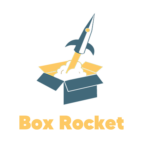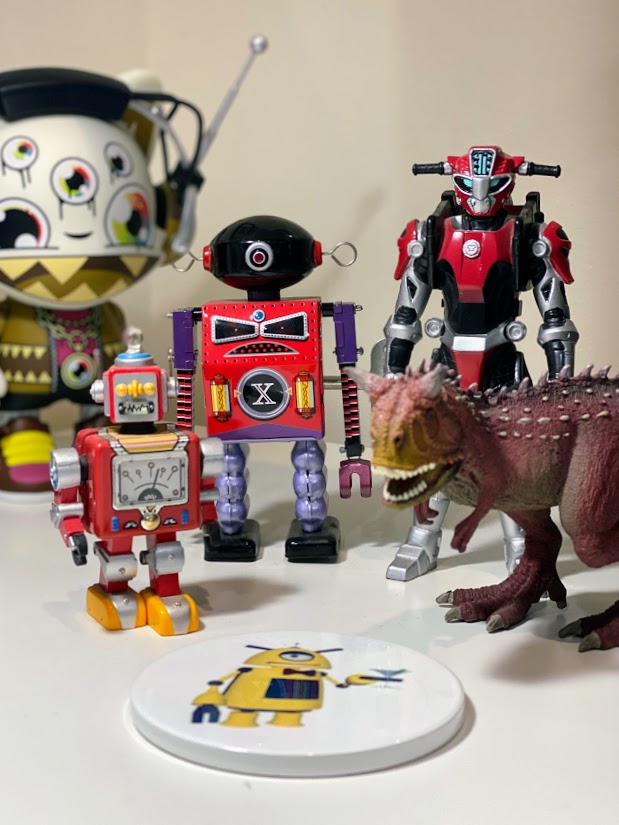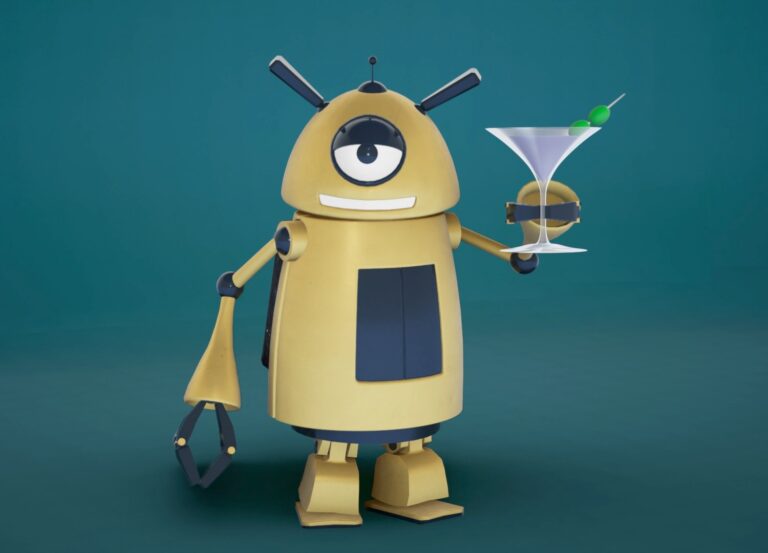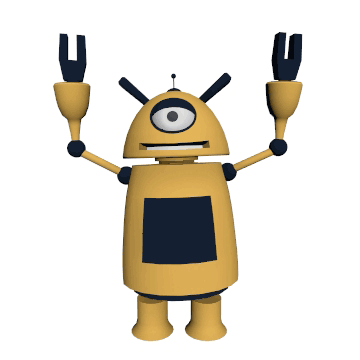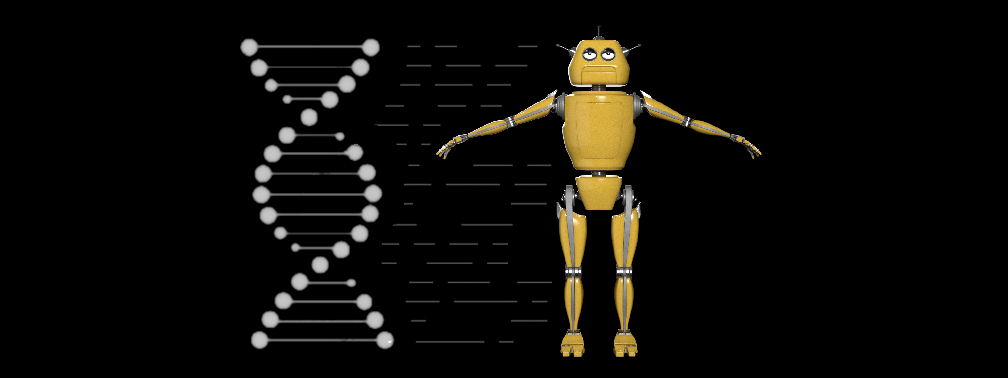
The 3d animation pipeline — as it exists now — is being disrupted by AI tools. If you don’t see it, spend some time with stable diffusion, or neural radiance fields, or LLMs. Believe us, it’s coming. We will be discussing “near-living” characters soon enough.
But the character animation, the actual content being made, will be distributed and valued by blockchain networks. The make up — literally, the DNA — of animated characters will change. At Box Rocket, we call these new kinds of characters “crypto native.”
Let’s understand this by going deep on four unique components of this concept. How are these characters different, and what is their value?
1. Generative Traits
You may have noticed in NFT lines (even from the days of Kitties and Punks) that each unique character has it’s own traits. This is how they define the value. I like to imagine the idea of the dealer, riffle shuffling the cards to everyone.
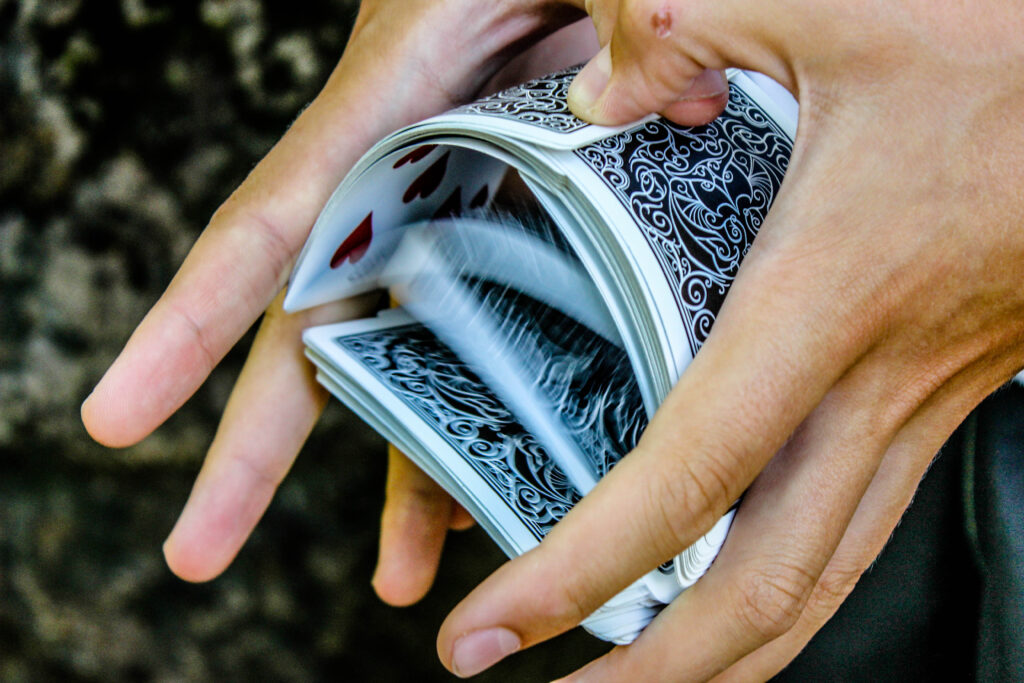
It’s a ritual that declares to everyone playing in the system, that these cards, are indeed — randomized. This scrambling of traits and rarity hunts have fueled crypto adoption. Speculative NFT frenzy has been rug-tastic.
However, we believe the true value from this generative scrambling method has not yet been realized.
The generative traits allow for the creation of a line of wholly unique digital goods. We don’t do this right now in our digital world. We buy copies of the original code.
But now, each piece of code can have it’s own unique traits. Which means, certain pieces of code can be programmed to only work with other select pieces of code.
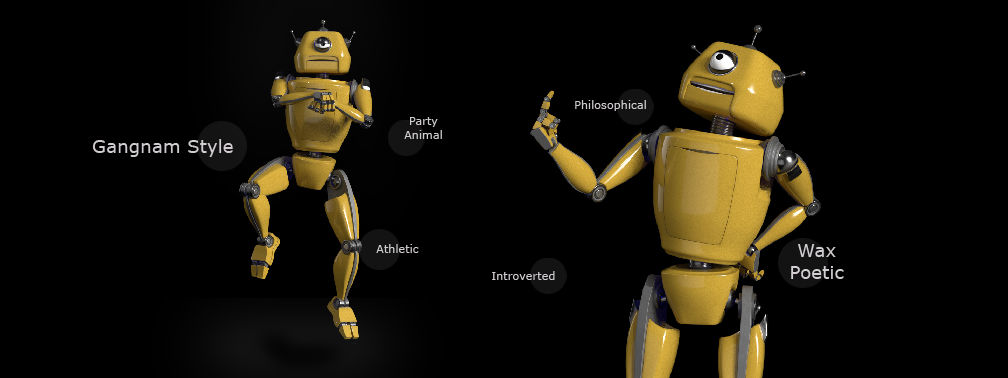
2. Unique Character Behavior
These generative traits are the beginnings of total customization – hyper unique content streams that, we believe, will change entertainment.
For digital animated characters, that means the traits will govern which behavior, movement and decision the character does. Only the “energetic,” “party animal,” can “gangnam style.” The “philosophical” can “wax poetic.”
This concept of unique DNA distributes the narrative across the population of characters, as opposed to living within the single version of it. It’s not just Homer Simpson, it’s all the Springfield absurdia that makes a Simpson’s character. For open world animation systems, the storytelling will lie in the randomized interaction of all of these unique character behaviors.
3. Re-imagining Intellectual Property
For years, Mickey Mouse had black disks for eyes. Fred Moore, an animator working on the Disney short, Brave Little Taylor (1938), spent large amounts of time working on the movement and performance of the Mickey character. It was largely from this creative effort (from one of Disney’s top animators), that they eyes of Mickey evolved into what was used from then on.
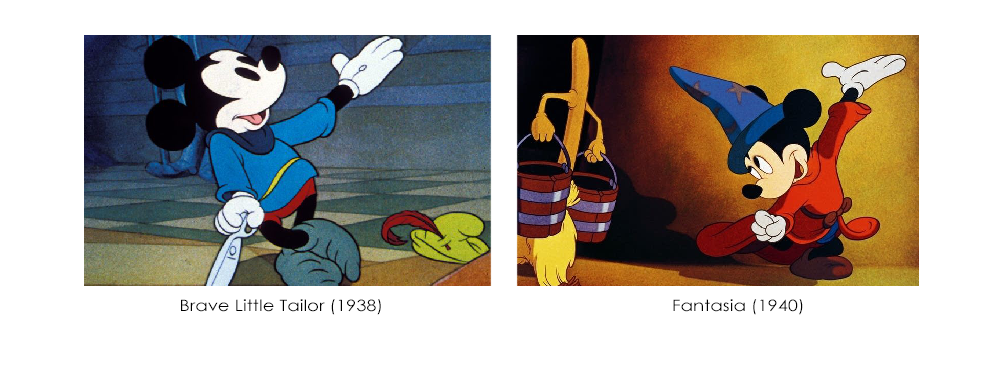
It is arguable, since this iconic new version of Mickey starred in many things in future years, that the addition of the eyes was a multimillion dollar innovation. Yet, no amount of the IP of Mickey Mouse, would ever be shared with Freddie.
This may not continue to be the case.
A transaction in crypto is programmable. This means you could, potentially, put licenses within the exchanges. Two artists start collaborating on something digital, the relationship of work begins minting to chain. As they develop, they decide to share or resell, or develop royalties. As more enter the ecosystem, more vote on the creative direction. These legal paradigms are being imagined right now in the crypto world. We are pleased to see the pro-royalty stance of Solana-based Metaplex, and the community that demanded Open Sea support them as well.
It’s an opportunity for artists to be directly involved in the creative ownership of the work. If we give a character to a great artist, and they make that character better because of their great art, we can share and modify the terms — to include them.
4. Interoperable like Lego
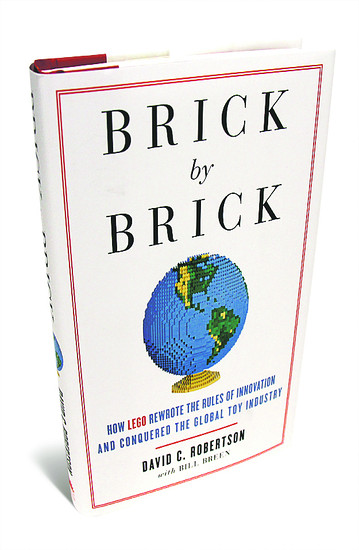
In the amazing 2013 book, Brick by Brick: How LEGO Rewrote the Rules of Innovation and Conquered the Global Toy Industry, David Robertson and Bill Green argue that the re-innovation of the Lego company, came from their devotion to the system of bricks that originally were their success.
Imagine this multifaceted content strategy that lego creates. They reskin popular rip offs like Star Wars and Lord of the Rings using recognizable lego visuals, but also sell high end architecture kits for a hundred dollars each. Lego created an entire system of interoperable blocks, and then provided content pack systems to distribute the pieces. The content can almost be anything, while at the same time always being “lego.”
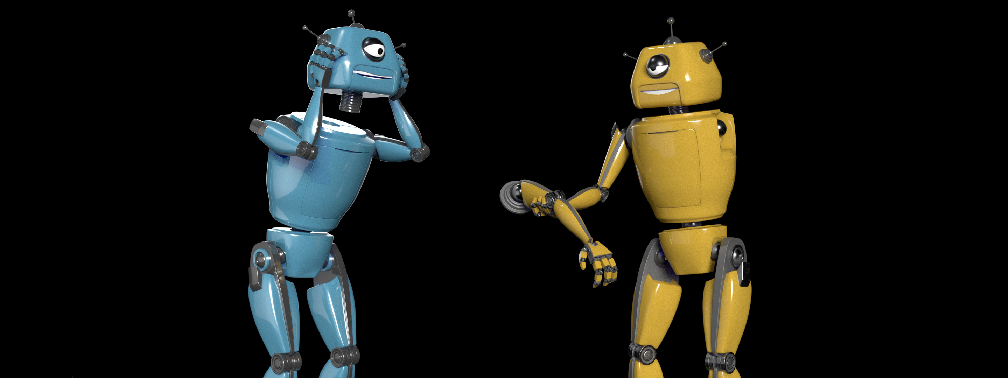
The Defense of the Ancients, or what is lovingly called “DOTA” was imagined when a Warcraft3: Frozen Thone Expansion user named “IceFrog,” changed the structure of the game to allow for a five-on-five, capture the flag battle. It was a massive success and crystalized the MOBA genre. DOTA was bought by Valve, and it’s refinement labeled DOTA2. A player redesigned the game, and changed the industry.
The innovation within economies and markets that exist alongside multiplayer game systems, become less about the experience, and more about the community of players, fans and builders.
This paradigm of componentization means that we, as content creators, shouldn’t just make the animated short, but we should give the characters and animation data away to the active users as well. By using a system, we can componentize things for others to rebuild and play.
Already the open source software movement has given us some direction. Most 3D applications still run the proprietary 3d format FBX, but increasingly standards like Khronus’ GLTF and Pixar’s Open Scene Description will make moving content from creation tool to creation tool easier and easier. The Solana blockchain is so fast, we presume, that connecting it to the Unreal Engine would also allow bots to buy and sell individual drinks, and pay for upgrades, systems, and countless other unimaginable uses.
The blockchain makes every digital item unique and programmable. When these componentized 3d assets are crypto native, they can be licensed and owned, and tracked. And with enough network activity, new combinations and ideas can emerge.
In theory, if they can own the pieces, they can build new unique ideas for the community.
Crypto Native Characters – LFG
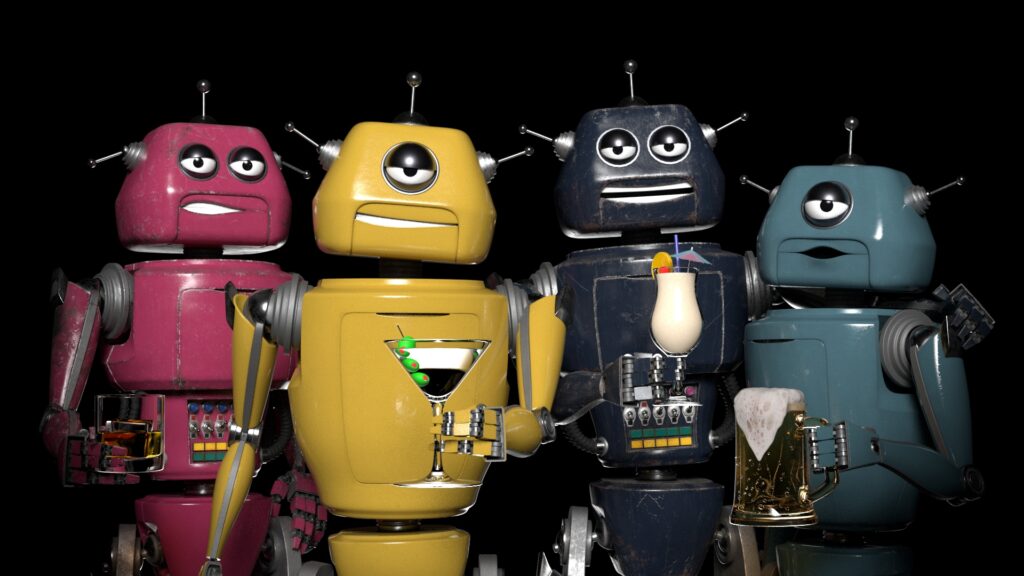
We’ve only just begun to play with these characters. (Or perhaps they are beginning to play with us?) We can’t wait to show you what crypto native characters can be.
Please follow the Bar Bots on twitter for updates on development and minting. And keep an eye on their site: https://barbots.io
Should you be interested in collaborating— By all means shoot us a line, we are looking to jam with other, like minded, crypto-curious creatives.
Cheers!
